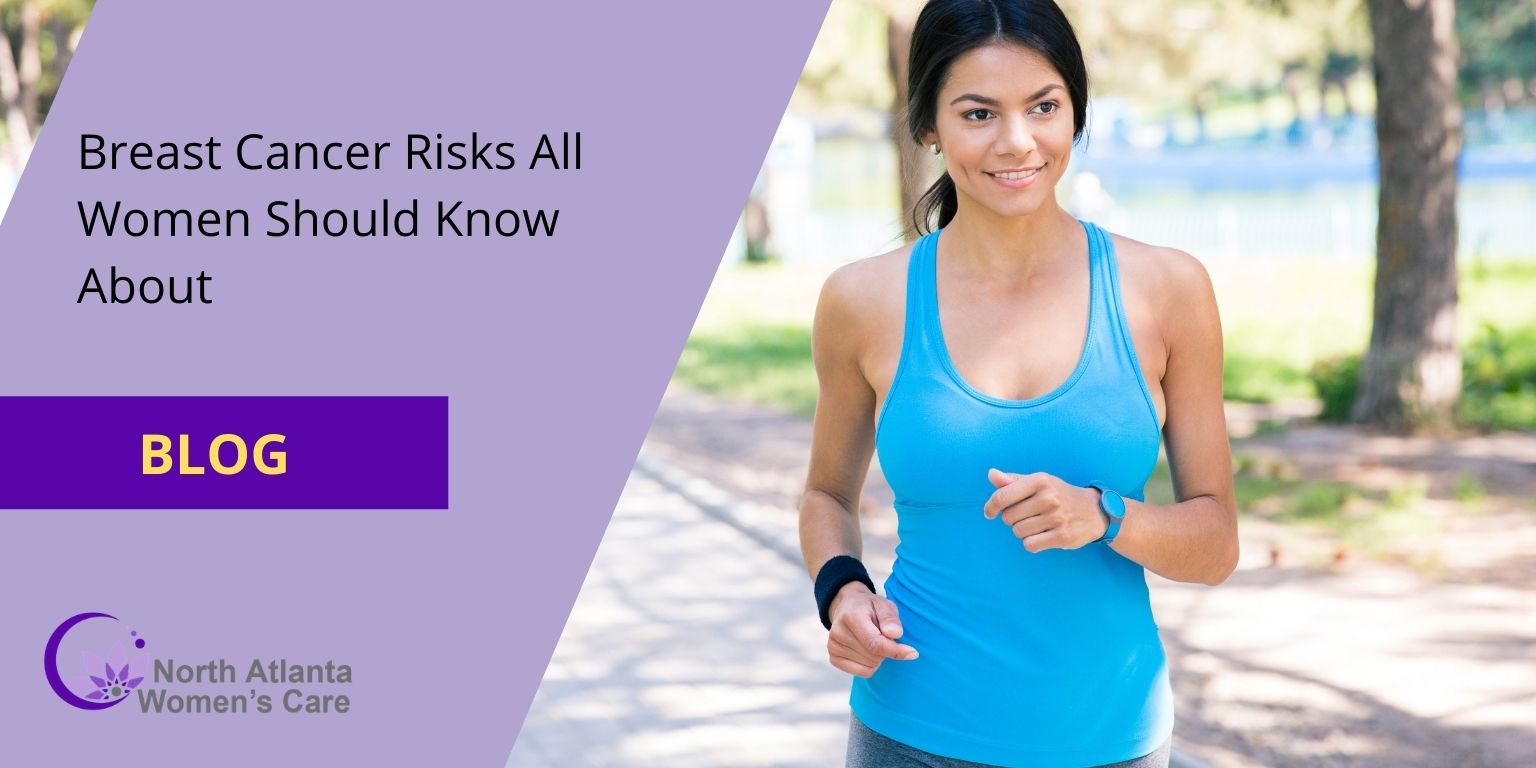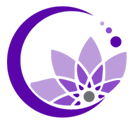Breast Cancer Risks All Women Should Know About

The most common cancer type in women is breast cancer. Every year, 13,000 women below the age of 40 are diagnosed with breast cancer, contributing to 7% of overall breast cancer cases and 40% of cancers in women in this age group. 230,000 breast cancer cases are diagnosed every year in the US regardless of age. One in eight women has a chance of developing breast cancer throughout their lifetime.
The most common types of breast cancer are ductal carcinoma, the cancer of the ducts that contributes to more than 80% of all breast cancers, and lobular carcinoma, the cancer of the lobes that contributes to 10% of all breast cancer cases. You should know your breasts and the risk factors that contribute to breast cancer in order to diagnose and treat it earlier.
Here are some important points to consider and watch out for regarding the risks, signs, and prevention of breast cancer:
Conduct Self-Exams
You must know your breasts including how they look and feel. Examining your breasts regularly will help you notice any abnormal changes. Check if your breasts have any spots or changes in color or texture. Inform your doctor if you experience any abnormal changes including redness, lumps, or hardened tissue. They will examine these changes and recommend the required treatment. Get a second opinion if you need more information.
Risk Factors of Breast Cancer
Common factors for breast cancer include:
- Excess radiation exposure to the chest
- Obesity
- Dense breasts
- Sedentary lifestyle
- Early-onset of menstrual periods (under 12)
- Poor diet
- High intake of red meat
- Certain inherited genetic mutations for breast cancer (BRC A1 and/or BRC A2)
- Heavy alcohol consumption
- Personal history of breast cancer under the age of 40
- First full-term pregnancy when you are above 30
- Two or more blood-relatives diagnosed with breast cancer at a young age
- Recent oral contraceptive use
- A history of colon, endometrium, or ovary cancer
Breast Changes to Look For
Contact your gynecologist or obstetrician immediately if you experience any of these signs:
- Nipple discharge
- A lump in or around your breast or under your arm
- Swelling
- An inverted nipple
- Changes in the breast shape and size
- Skin redness, soreness, and rash
- Dimpling, puckering or bulging of the skin
Generally, breast tissue may be lumpy for some women, but not all lumps are cancer. That is why it is important to know how your breasts feel normally so that you can notice any unusual changes and contact your doctor accordingly. These signs may not mean that you have breast cancer, but they may contribute to breast cancer in the future.
Share Your Medical History with Your Doctor
Women with a family history of breast cancer have twice the risk of being diagnosed with the condition as compared to women without such family history. Please inform your doctor if any of your family members had breast cancer or breast diseases and at what age they were diagnosed. This will help your doctor to evaluate your risk of being diagnosed with breast cancer and prepare a proper plan of care.
Prevention Tips for Breast Cancer
These lifestyle tips can lower your risk of developing breast cancer despite having some uncontrollable risk factors like family history and age.
- Quit smoking
- Exercise regularly
- Limit alcohol consumption
- Maintain a healthy body weight
- Eat a healthy diet including fruits, leafy green vegetables, whole grains, fat-free or low-fat dairy products, and eggs
- Limit taking red and processed meats
Find the Right Doctor
If you are diagnosed with breast cancer, then find the right medical team for treatment. Your doctors should know the National Comprehensive Cancer Network (NCCN) treatment guidelines that determine treatment based on the stage of the disease. Contact our Suwanee gynecologist, if you have any questions related to breast cancer or require a breast cancer diagnosis.
Comments are closed

